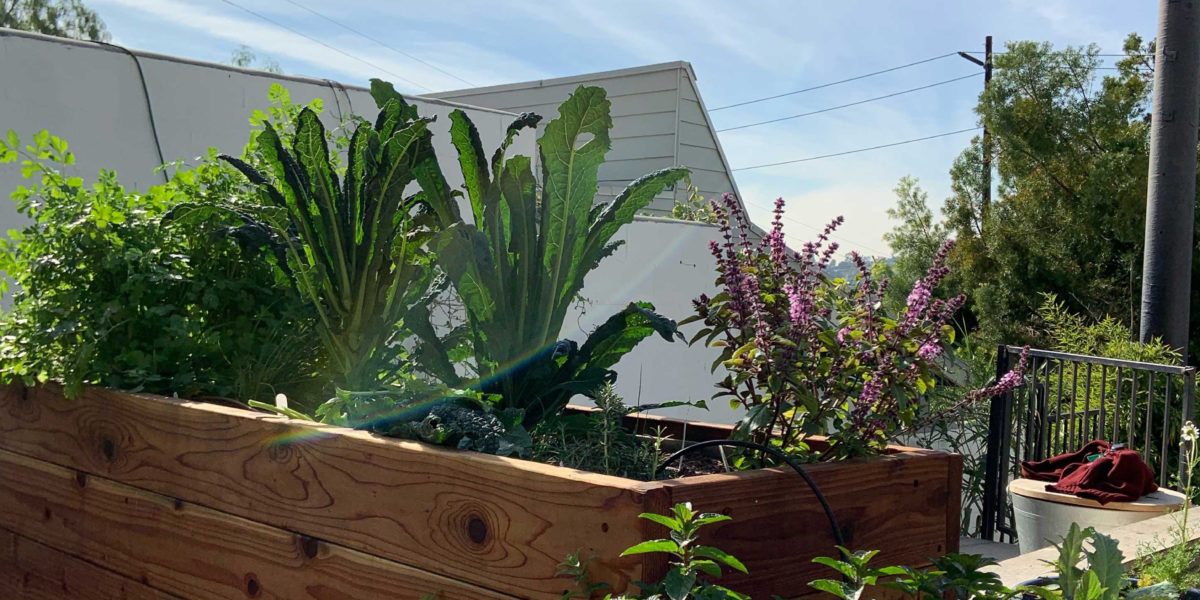The 10-Second Trick For City Blooming
All about City Blooming
Table of Contents3 Simple Techniques For City BloomingHow City Blooming can Save You Time, Stress, and Money.8 Simple Techniques For City BloomingRumored Buzz on City BloomingAll About City Blooming
Interested in expanding food available for sale in the City of Chicago? Thinking of beginning an area yard? Adjustments to the Chicago Zoning Regulation enable agricultural usages like area yards and city ranches in many parts of the city. Below is a checklist of frequently asked inquiries concerning the policies and regulations that cultivators must think about when planning a metropolitan farming job.
The zoning amendment does not change any kind of other codes handling composting, structure authorizations, buying or renting City owned residential or commercial property, service licenses or ecological contamination. There are existing codes that regulate these problems and they continue to be completely impact and might apply to your job. Area yards are typically possessed or handled by public entities, civic organizations or community-based companies and kept by volunteers.
Urban farms grow food that is meant to be offered, either on a not-for-profit or for-profit basis. Due to their business objective, city farms call for a business license. Yes. A community garden is enabled to offer excess generate that was expanded on site if the sales are accessory or secondary to the yard's key function defined over.
All about City Blooming
The amount of garden compost product can not surpass 25 cubic yards at any kind of provided time according to the standards in 7-28-715 of the City's Municipal Code. Due to the fact that the dirt at a lot of new yard sites requires amending, garden compost, dirt, wood chips, or various other products can be obtained to create or boost the growing space.

If a structure license is required after that the hoophouse will be considered an accessory structure. You can learn more concerning the structure license requirements by contacting the Department of Structures. The 25,000-square-foot dimension limit is planned to stop a single community yard from controling a provided block or taking away from the block's existing domestic or commercial personality.
The limitation does not put on yards situated in Public Open Room (POS) districts. Can there be greater than one area garden that is 25,000 square feet on a solitary block? Yes. The size limit applies to specific yards, not to specific blocks. No. Fencing is not needed, however, yards that have large vehicle parking locations may be needed to install fence or various other landscaping functions.
City Blooming Can Be Fun For Anyone
B1 & B2 areas need that all industrial use tasks be performed inside. Is secure fencing required for urban ranches? Fences might be called for, along with landscaping and testing, for particular vehicle parking areas and exterior work or storage locations depending on location and the certain activity taking area.
Yes. Urban ranches need building permits and zoning approvals before building and construction. Various other kinds of city evaluation might be required relying on certain structures, activities, size, landscape design, licensing, public health and stormwater administration issues. Many of these needs are recognized in the project design or permitting procedure, nevertheless, the applicant may be responsible to individually determine specific licenses or permits that may be called for.
The Division of Business Matters and Customer Defense can assist figure out the details type of service license that's needed. Off road car parking is needed for the majority of business tasks in Chicago. The required number of vehicle parking areas is based on the number of staff members functioning on site and not the square video footage try this of the growing room.
See This Report about City Blooming

Yes. An urban farm can market compost product generated on website, however, the procedure should adhere to the policies in 7-28-715 of the Chicago Municipal Code. Yes. Aquaponic systems are permitted indoors on metropolitan ranches in numerous zoning areas. However, a zoning testimonial and building license is required in order to set up structures or systems and a company permit is needed as defined above.
Up to five hives or colonies of honey might be maintained as an accessory usage. Beekeepers must sign up with the Illinois Division of Farming. For even more information about the proposed zoning amendment you may get in touch with the Department of Housing and Economic Advancement, Bureau of Planning and Zoning at 312.744.8563.
Farming in cities and metropolitan locations A metropolitan ranch in Chicago. Urban agriculture refers to different practices of growing. https://fliphtml5.com/homepage/tkxth/cityblooming/, processing, and distributing food in urban areas. The term likewise relates to the location tasks of animal husbandry, tank farming, beekeeping, and cultivation in an urban context. Urban agriculture is identified from peri-urban farming, which takes location in country locations at the side of suburbs.
The smart Trick of City Blooming That Nobody is Discussing
It can entail a movement of organic cultivators, "foodies" and "locavores", who look for to develop social media networks based on a shared values of nature and neighborhood holism. These networks can develop using formal institutional support, becoming integrated right into neighborhood town preparation as a "transition community" activity for lasting metropolitan growth.
The extra direct access to fresh vegetable, fruit, and meat items that might be realised through metropolitan farming can boost food safety and security and food security while reducing food miles, leading to lower greenhouse gas emissions, consequently adding to environment adjustment reduction. Some of the first evidence of urban agriculture comes from Mesopotamia.